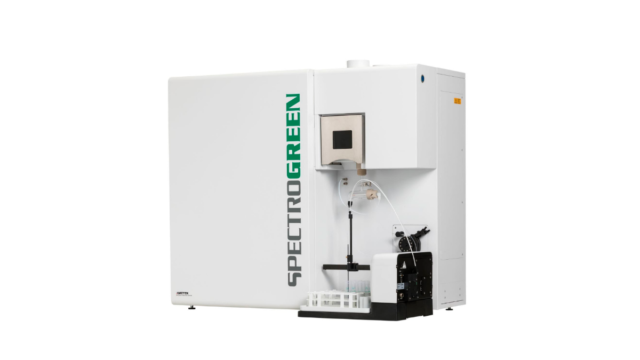Molecular spectroscopy equipment is very extensive. It can be used alone or merged with gas and liquid chromatography. Also, the best spectroscopy instrument can be used to explore RNA and DNA, explore many sizes and shapes, and measure the development of bacterial cultures and analyze enzyme kinetics. The ideal technique will enable you to establish the confirmation of protein conclusively while choosing the wrong one will leave you wondering why your data outcome is not what you anticipated.
Molecular Analysis
When it comes to molecular analysis, emission, reflection, and absorption, spectroscopy machine capabilities are entirely fair game. The use of visible to the infrared to the wavelengths from ultraviolet is widespread, similarly to the exploitation of Raman signals. Other strategies include nuclear magnetic resonance and x-ray spectroscopy. However, these are not considered strictly speaking photonic. Hence, the perfect choice of technique and equipment reveals the details of a specific target molecule’s rotation, vibration, morphology, and energy condition. But in most occurrences, you should be familiar with the type of molecule you are examining.
With the entire options, what criteria do you use to select the right for a specific task? According to some researchers, some professionals tend to buy the best instruments they can within their budget, regardless of their fundamental requirements. They are hopeful that the Molecular Spectroscopy of their choice will also serve unknown and future needs. Such over-purchasing results in owning instruments that handle tasks that less advanced units could perform. Still, according to the researcher, this kind of future-proofing is crucial concerning erratic funding solutions. Furthermore, it could be essential for facilities that are better positioned to share instruments between labs.
Spectroscopy System
The scientist considering exploring new equipment starts to determine their application but may not know where to proceed from there. Strikingly, they might lack knowledge concerning the technique or wavelength range to consider. That is where a product associate or a vendor’s technical salesperson comes in. A massive learning curve for each technology’s appropriate uses and differences say the professionals specializing in chemical detection and imaging instrumentation.
Apart from the suitable modality, there are many criteria you need to factor in when picking a spectroscopy system. These include your own experience and expertise with a technique, the budget, the field of view necessary for the sample, the detector functionality and sensitivity, the availability of the light source, and the data analysis solution. Also, it would be best to consider the reliability, quality of the customer care and support offered by the supplier, the entire cost of ownership and warranty, and easy to use.
Furthermore, equipment that seeks reflectance or absorbance data in these wavelengths can cover narrow or vast ranges of spectra. Any content is significant in identifying specific molecules within samples, like the biological macromolecules popular with pharmaceuticals. Moreover, VU/VIS Spectroscopies also are used as an adjunct to quality-performance liquid chromatography.
The fundamental spectroscopy techniques depend on the assessment of radiant power. Therefore it is significant to follow the guide to help you select the best instrument like Molecular Spectroscopy for any task.


